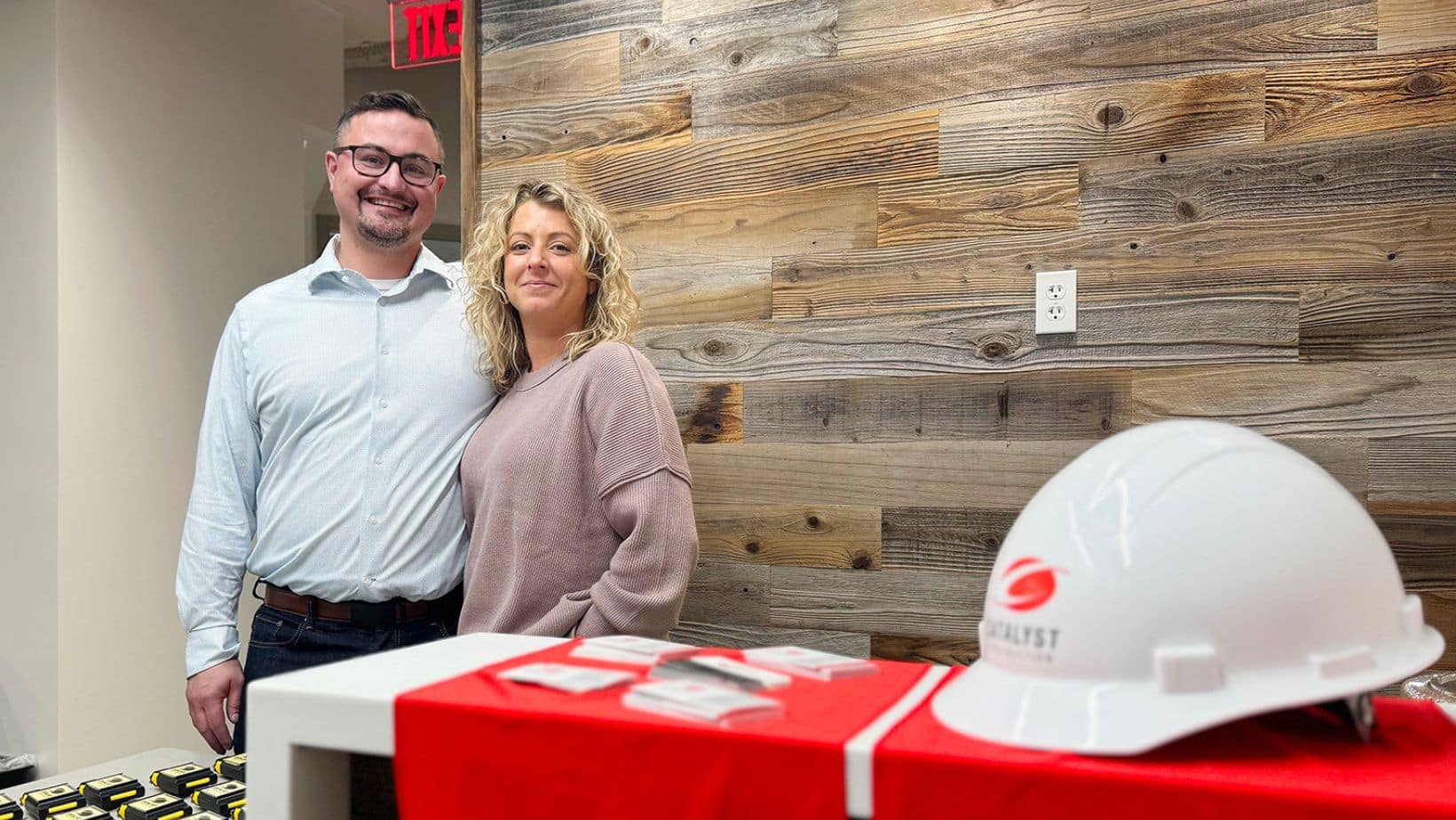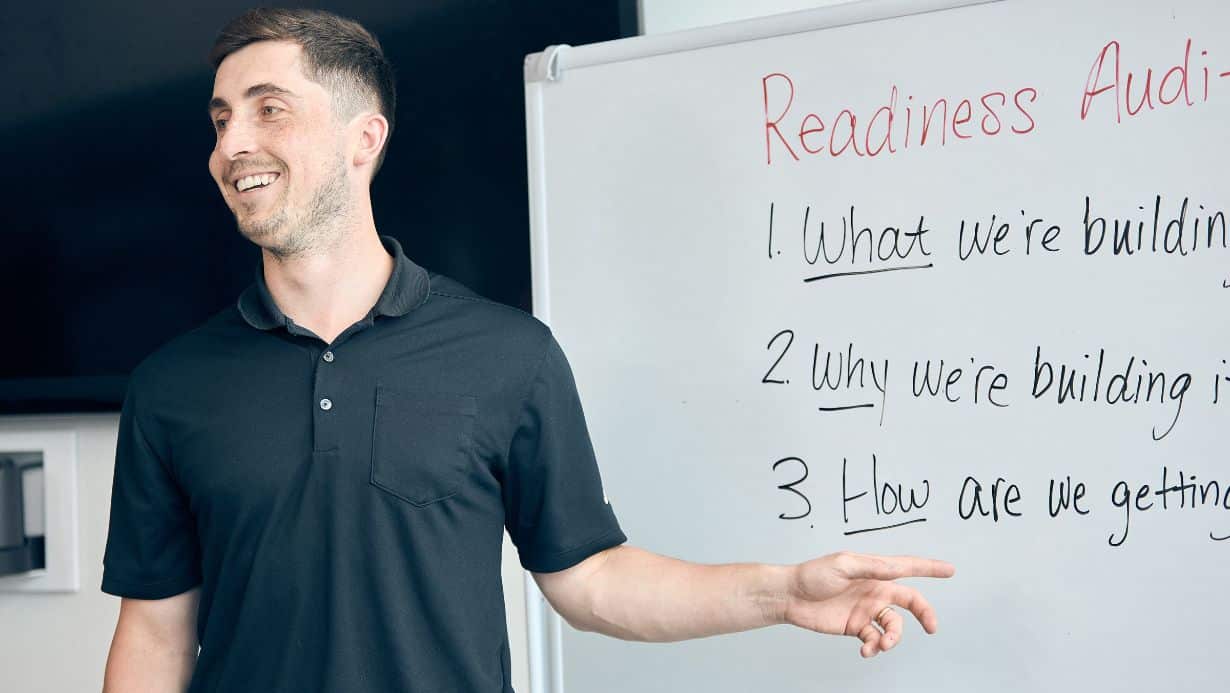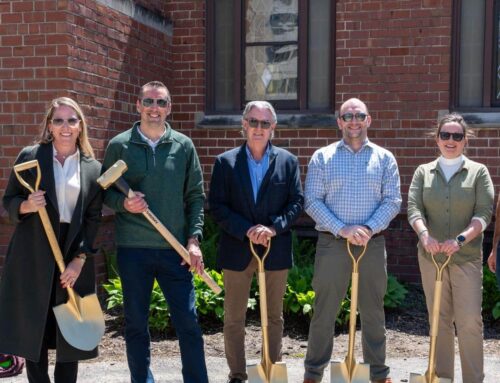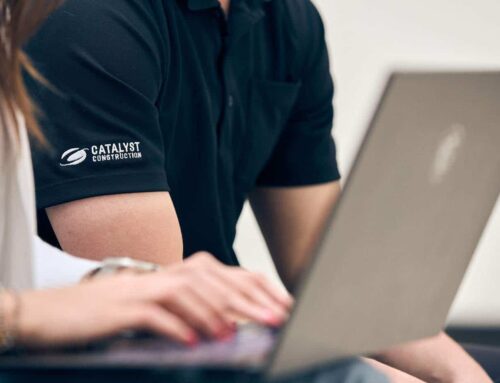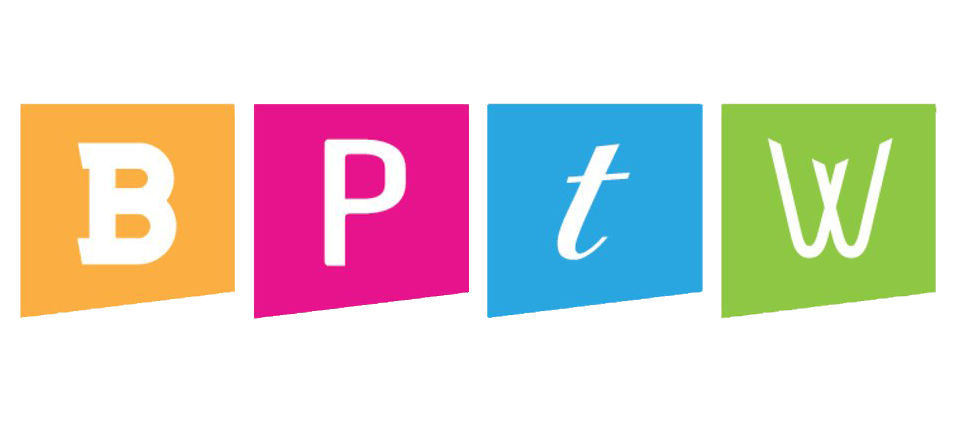As cities grow and change, so does the responsibility of construction professionals to preserve the soul of a place. It’s history, architecture, and community identity.
At Catalyst Construction, we view revitalization as more than just renovation; it’s a form of stewardship, a mindset I’ve adopted throughout my career and one that fuels my passion for the work we do at Catalyst Construction Southwest.
While I’m now based in Phoenix, my foundation with Catalyst began in Wisconsin, where I had the opportunity to work on several adaptive reuse and historic preservation projects. Those experiences shaped my perspective and continue to guide our work here in Arizona.
Bringing Catalyst to the Southwest
I moved to Phoenix in late 2023 to launch Catalyst Construction Southwest, and we officially opened our office in January 2024.
While our work here has primarily focused on churches, schools, and nonprofit organizations, my long-term vision includes projects that involve meaningful revitalization and reuse of existing structures.
We may be new to the region, but we are supported by over 20 years of experience and the strength of a seasoned, well-equipped team.
Though I’m new to Phoenix, some team members are long-time locals with strong relationships and experience, embodying our efficient construction management approach.
What I’ve Learned from Adaptive Reuse Projects
Some of the most inspiring work I’ve done came from converting old industrial buildings into livable spaces.
In Wisconsin, I worked on several projects that turned vacant factories into vibrant apartment communities.
There’s something uniquely powerful about breathing new life into structures that once defined a city’s economy. The exposed brick, weathered beams, and tall windows aren’t just design elements—they’re stories waiting to be retold.
Unlike ground-up builds, adaptive reuse projects require a completely different approach, one that’s shaped by existing structures, historical constraints, and careful planning. The approval processes are longer, and if you’re pursuing a historic designation or tax credits, you’ll need to coordinate with multiple agencies, such as the State Historic Preservation Office (SHPO).
Materials must match the original specifications, which can include:
- Windows and doors
- Signage
- Light fixtures
- Original wood flooring
- Fire doors
This extra level of care takes time and planning, and it’s essential to preserving the integrity of the structure.
Early projects came with their share of hard lessons—overlooking a requirement or misinterpreting material specifications can quickly derail a budget and timeline.
However, each challenge became a valuable learning opportunity, and today, that experience remains a real asset.
When I walk into a potential reuse project, I know exactly what to watch for and how to guide the process from the start.
Preservation Doesn’t Mean Compromise
One of the biggest misconceptions I see is the idea that historic or adaptive reuse projects will stand out in the wrong way. But that’s not the case. A majority of these projects are intentionally designed to blend into the neighborhood’s existing character.
When you’re working with a good architect and when you’re respecting the historical guidelines, the result is something that feels like it was always meant to be there.
In many cases, we utilize old photographs and research to ensure accuracy and authenticity in our designs. It’s not just about function; it’s about fitting into a place and preserving its story.
Why Adaptive Reuse Matters More Than Ever
In today’s construction landscape, reuse is more relevant than ever. With rising material and labor costs, having an existing structure to work from can make a project far more feasible. But beyond the cost savings, there’s an undeniable sustainability benefit.
At Catalyst, we’re committed to sustainable building practices, and adaptive reuse is one of the most impactful ways we can support that mission. It enables us to:
- Conserve resources
- Reduce demolition-related emissions
- Prevent valuable materials from being sent to landfills
Helping Clients Navigate the Process
One of the ways Catalyst adds value is through an early, no-cost Readiness Assessment.
When a client is considering a reuse project or contemplating the purchase of a property, we’ll conduct a walk-through and provide feedback.
We flag early indicators that could affect feasibility. This includes:
- Structural concerns
- Environmental hazards (e.g., asbestos, lead paint)
- Budget and timeline risks
We also work closely with design partners, architects, and engineers to help clients understand what’s possible.
Whether the project is a full historic restoration or simply a creative repurposing of an existing building, we aim to be a trusted guide from the very beginning.
Faith-Based and Mission-Driven Reuse
Many of our clients here in the Southwest are churches and faith-based organizations.
I’m especially passionate about helping them explore ways to steward their land and facilities more strategically.
Often, these groups have underutilized land or aging buildings. Instead of selling it off, we encourage them to consider options that support their mission, such as:
- Community housing
- Educational facilities
- Revenue-generating opportunities that align with their values
There’s a great example right here in Phoenix: Taco Guild, a former church that has been transformed into a taco and tequila restaurant. They preserved the original stained glass and arched ceilings, making it one of the most unique dining experiences in town.
It’s a fun example of how adaptive reuse can preserve a space’s spirit while giving it a new purpose.
Getting Involved in the Community
Since arriving in Phoenix, I’ve joined the Phoenix Community Alliance and participated in several of its subcommittees, including the Central City Planning & Development Committee and the Social & Housing Advancement Committee. These groups are focused on creating a more inclusive, sustainable downtown—something I care deeply about.
Being part of these conversations helps me stay connected to the issues and opportunities shaping Phoenix, and I’m excited for Catalyst to be a part of that future.
Looking Ahead
There’s incredible potential across Phoenix and Arizona to redefine what revitalization can mean. With the right team and vision, historic buildings can once again become thriving community spaces.
Catalyst may be new to the region, but we bring proven experience, a values-driven mindset, and a deep respect for doing things the right way.
Revitalization is about more than buildings. It’s about preserving identity and creating places with lasting purpose.
If you’re exploring an adaptive reuse or preservation project, I’d love to be part of that conversation.
Let’s connect and turn your vision into something lasting.

